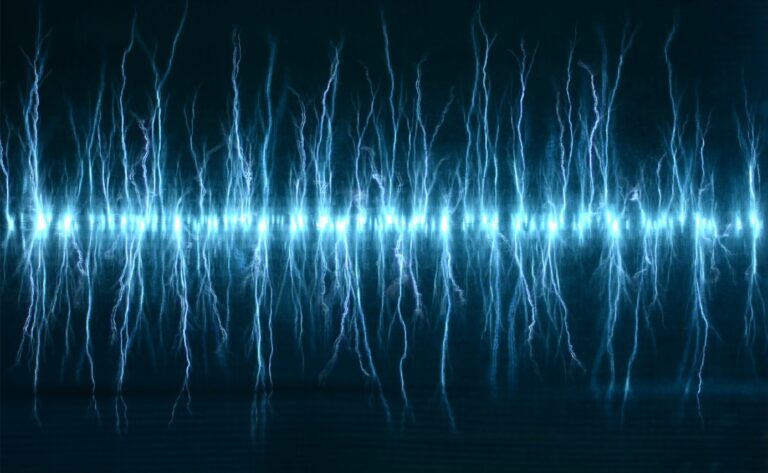The water passes through a coaxial electrode geometry to which nanosecond high voltages pulses with an amplitude of 80,000-100,000 V are applied (Fig. 1 + 2: Photograph of an electric discharge in water. The plasma is generated at the inner electrode of the coaxial geometry and propagates outwards forming characteristic filaments.). Due to the high electric field strength, the liquid is transformed into a plasma state, which spreads out in fine filaments in the liquid from the centre towards the outer electrode (Fig. 3: Schematic drawing of the device for water treatment by electric discharges submerged in water.).
Various reactive species (e.g. hydroxyl radical, atomic oxygen and hydrogen, superoxide and dissolved electron), UV-C radiation (with significant intensity even below 200 nm) and shockwaves are generated. The technology can be used to decompose recalcitrant chemical contaminants such as pharmaceutical residues (e.g. antibiotics, painkillers, hormones, X-ray contrast agents, etc.) and agrochemicals, as well as microbiological contaminants (e.g. Legionella, multi-resistant bacteria, etc.). As a by-product of the treatment, hydrogen is formed, which can be separated for further use.
TRL: 4 (validated in laboratory experiments)



